Wax Bath Therapy
What is wax bath therapy?
Wax therapy is a type of deep heat therapy one of the considerable effectual methods of using heat to enhance mobility by heating the connective soft tissues.
Wax bath therapy is mostly utilized paraffin oil and wax to facilitate pain alleviation in the hand, sore joints, feet, and muscles. The precise temperature of the wax is 42-52°C and its melting point is 51-54.4°C. The melted wax shouldn’t be poured instantly on the body part as it may cause burns. To avoid this, the melting point of wax is generally reduced by adding a contaminant in the state of paraffin oil.
Wax bath therapy includes applying molten wax, to the affected region inducing muscle relaxation, and enhancing joint flexibility. It is mostly utilized to treat aching hands and feet. It is utilized in a mixture of common mobilization methods and customized exercise schedules to acquire useful outcomes.
What are the physical principles of Wax bath therapy?
Heat transfer while wax bath therapy happens via conduction from the coating of solid paraffin wax into the skin. When the warm paraffin wax is spread to the skin, it leads to the blood vessels getting extended by enhancing circulation, facilitating recovery, and releasing toxins from the body part.
What is a Wax bath unit?
- The temperature of the paraffin wax is held at 42-52°c, and its melting point is 51-55°c.
- If the molten wax at 51-55°c is sprayed on the body tissue, it may lead to a thermal effect (burn) over the body part, which is why some contaminant is added to reduce its melting point for example mineral oil, liquid paraffin, or petroleum jelly.
- The mixture of the paraffin and the mineral oil has lower characteristic heat which improves the ability of a patient to endure heat from the paraffin wax politely than from the water of the exact temperature as wax.
- The balance of the solid wax: liquid paraffin: and petroleum jelly is equal to 2:1:1.
- Paraffin wax: and mineral oil is equal to a 7:1/6:1 ratio is ideal considerable.
- The approach of transmission of warmth from paraffin to the skin of a patient is conduction.
Parts of wax bath unit:
- A container is made up of enameled baths/stainless steel/fiberglass shells.
- The container includes wax and paraffin oil in the specified ratio.
- The thermostat maintains the temperature altered with a knob.
- The thermostat pilot’s lamp signifies whether the thermostat is on/off.
- Power pilot’s lamp display whether the power is on/off.
- The lid cover container and the caster let the wax bath container be transferred from place to place.
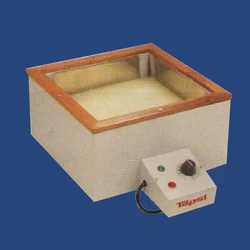
What is the application of Wax bath therapy?
Preparation of patient:
- Describe the method to the patient before using the wax bath therapy.
- Disclose affected the body part to be regaled.
- Extract jewelry and metal if the patient has on affected body part.
- Inspect for the sensation of the patient.
- Inspect for the contraindications if any.
- Entirely examine the body part to be regaled.
- Provide a relaxed position for the patient.
- Inspect the temperature established on the thermostat before treatment.
- Review the temperature of the wax bath.
- Choose a suitable or proper technique of application.
- Inspect the body part after the treatment.
Techniques of application:
There are different methods operated for the application of wax for example:
- Dip method
- Immersion method
- Brush method
- Bandage method
- Pouring method
Dip method
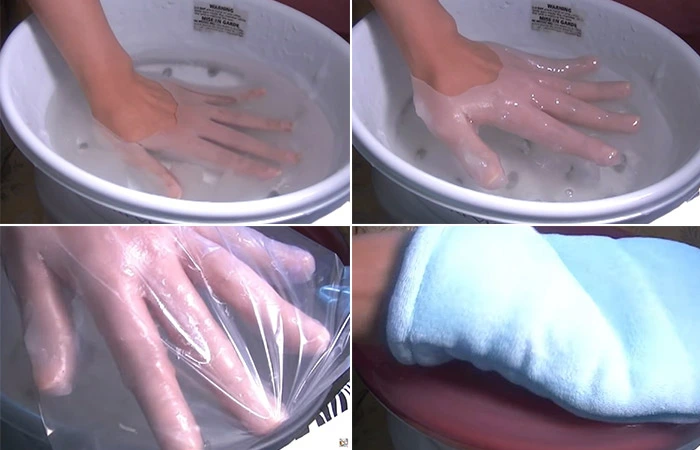
In this technique, the physiotherapist will guide the patient to dip his affected body part to be treated in the paraffin wax bath (PWB). Extract the body part once the wax becomes thick which covers the body tissue. Dipping should be done 8 to 12 times until a wide overcoat is created. Once a thick layer of wax is created the regaled area should be covered 1st in a plastic and then covered with a towel. This technique of wax bath therapy (PWB) facilitates mild heating. The treatment period should be 10 to 15 minutes.
Immersion method
In this technique, the physiotherapist will urge the patient to immerse his body portion 3 to 4 times in the wax bath (PWB) until a light overcoat is created and then escape immersed in wax for 20 to 30 minutes. This technique of wax bath therapy (PWB) facilitates strong heating of the impacted body part.
Brush method

In this technique, the physiotherapist will use 8 to 10 overcoats of wax on the affected body tissue with the use of a paintbrush using precise and quick strokes of wax. A broad layer of paraffin wax is made the treated area should be covered in plastic and then covered with a towel for 10 to 20 minutes. This technique of wax bath therapy (PWB) is most typically utilized.

Bandage method
A bandage or a towel of the right size will be ducked in paraffin wax and then covered around the affected body potion to be treated. Added wax can then be sprayed or brushed over the bandage. This technique can be normally utilized for regaling proximal parts of the body.
Pouring method
In this technique, the physiotherapist will be utilizing a cup or utensil to instantly spray wax on the body part to be treated. Wax should be sprayed 7-10 times to initiate a wide overcoat, then wrapped with a plastic covering and covered with a towel. This therapy period is 10 to 15 minutes. This technique will be generally used for the knee and elbow.
What are the effects of Wax bath therapy?
Physiological effects of Wax bath therapy
1) Heat production:
There is a significant gain in treated body part temperature in the first two minutes, up to 12-13°c.
This fall, during the wax covering to an expansion of about 8°c at the end of 30 minutes.
In the subcutaneous fascia, there is an expansion of 5°c at the end of the therapy.
In the external muscles, then is just about a 2-3°c upgrade in temperature at the end of the therapy
2) Circulating effect:
Provocation of superficial capillaries and arterioles leads to local hyperemia and reflex vasodilatation.
Hyperemia is because of the reaction of the skin to its role in heat regulation.
Skin and subcutaneous tissue temperature fell after 15-20 minutes, decreasing the vasodilatation
Exercise after the wax is necessary to boost blood circulation in muscles and the calming effect of heat to acquire more ROM and muscle power.
3) Analgesic effect:
The most significant impact of wax is its considerable sedative impact on the body tissue.
It is this outcome that is utilized before the exercise, in the therapy of superficially positioned joints.
4) Stretching effect:
Wax escapes the skin moist, soft, and pliable.
This is beneficial for stretching scars and adhesion before mobilization techniques.
Clinical Effects of Wax Bath Therapy
- Relieving musculoskeletal pain
- Reducing stiffness
- Increase in local temperature
- Increase sweating
- Increase in local circulation
What are the precautions for Wax bath therapy?
- The temperature of the wax should be inspected initially to use.
- The treated body must be dry, as water droplets may reason of in burns.
What are the Indications of Wax bath therapy?
- Osteoarthritis
- Rheumatoid arthritis
- Tenosynovitis
- Joint stiffness
- Leprosy
- Scleroderma
- Dupuytren’s contracture
- Sudeck’s atrophy
- Soft tissue contractures
What are the Contraindications of Wax bath therapy?
- Open wounds
- Infective conditions
- Allergic rashes
- Deep vein thrombosis
- Impaired sensations
- Acute dermatitis
FAQ
Why is paraffin wax used in physiotherapy?
In physiotherapy, utilizing paraffin wax is one of the more useful methods of using warmth to enhance joint mobility by heating the connective body tissues. It is especially utilized for aching hands and feet and is operated by your physiotherapists in a mixture of soft mobilizing methods and a tailored training schedule.
How is the paraffin wax bath method performed?
Paraffin wax bath temperatures are normally 118°F to 126°F, and the typical application method implicates immersing the hand or foot into the paraffin wax 7-12 times to create a wax “glove” and then wrapping the hand with a plastic bag and covering it with towels to assist maintain the warmness.
What are the 5 benefits of paraffin wax?
Benefits of paraffin wax:
Elasticity Expanding Agent.
Excellent Moisturizer.
Alleviating Muscles Swelling.
Skin Softening.
Disposal of Dead Skin.
Why use a paraffin bath?
A paraffin wax bath applies to protect the hands/feet with heat wax to reduce pain in the joints and body tissues. The warmness from the wax stimulates blood circulation, loosens tense and rigid muscles, and reduces any pains in the aquatic body region.
Is paraffin wax safe for the skin?
Paraffin wax is totally secure and useful for the skin and body tissue. Since it doesn’t require to be warmed to a heightened temperature to soften, you can use it on your skin without stressing about the chance of obtaining burned. For individuals with sensitive skin, paraffin wax may be exemplary and could reason of a heat rash.

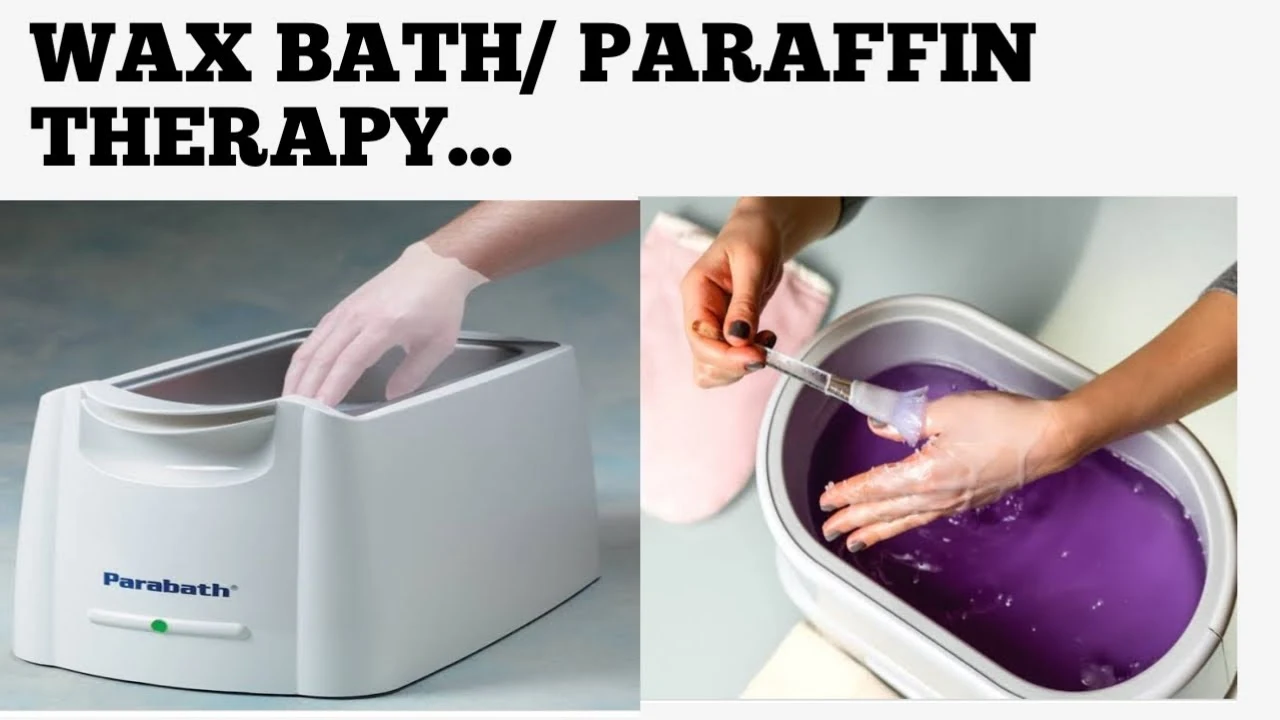



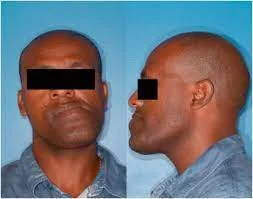
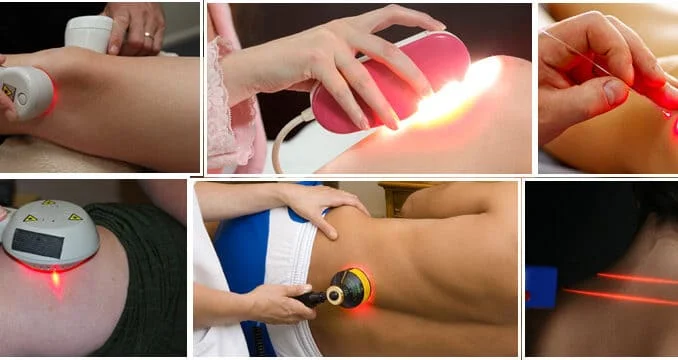
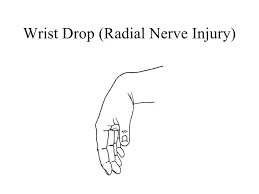
8 Comments